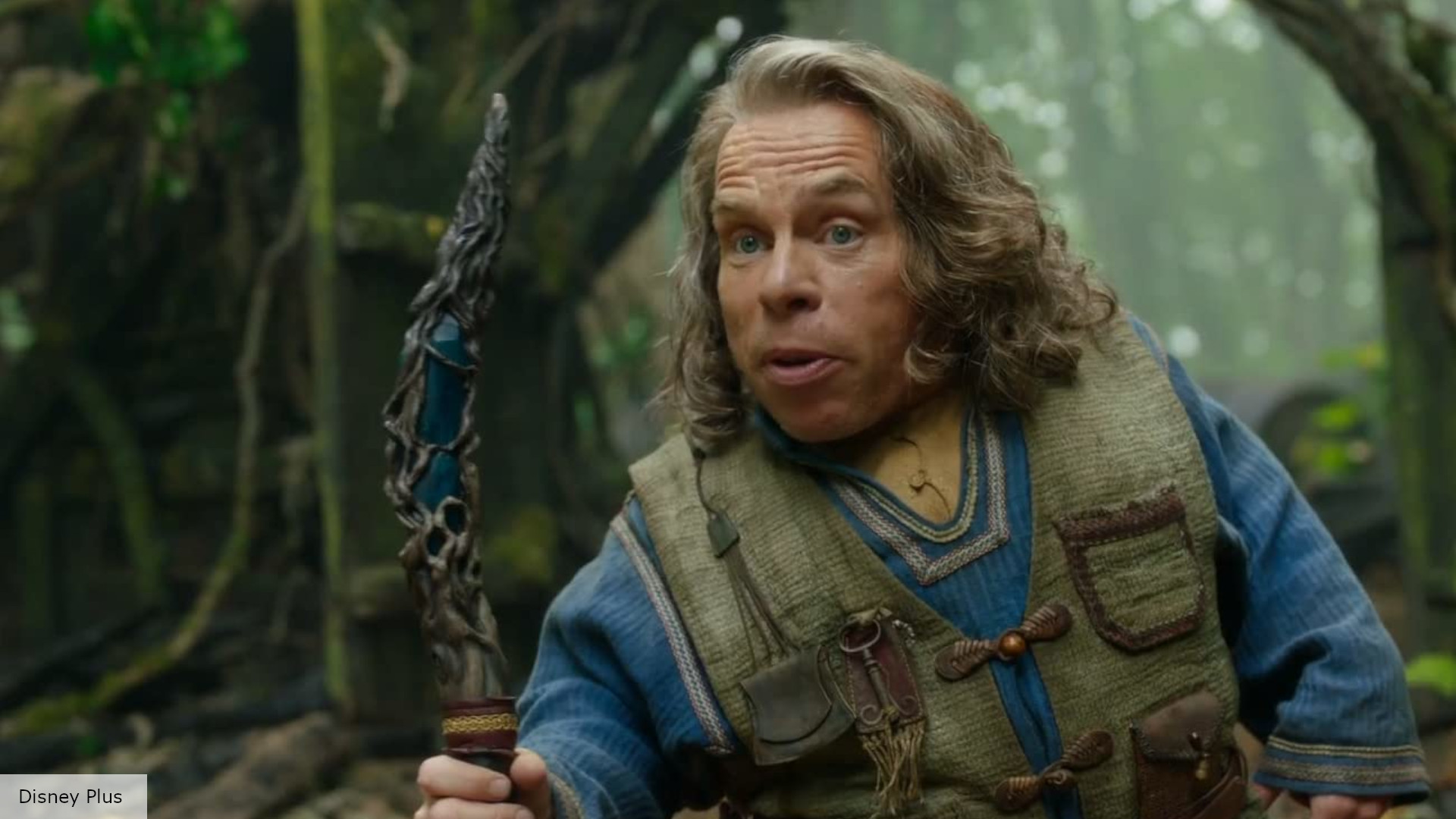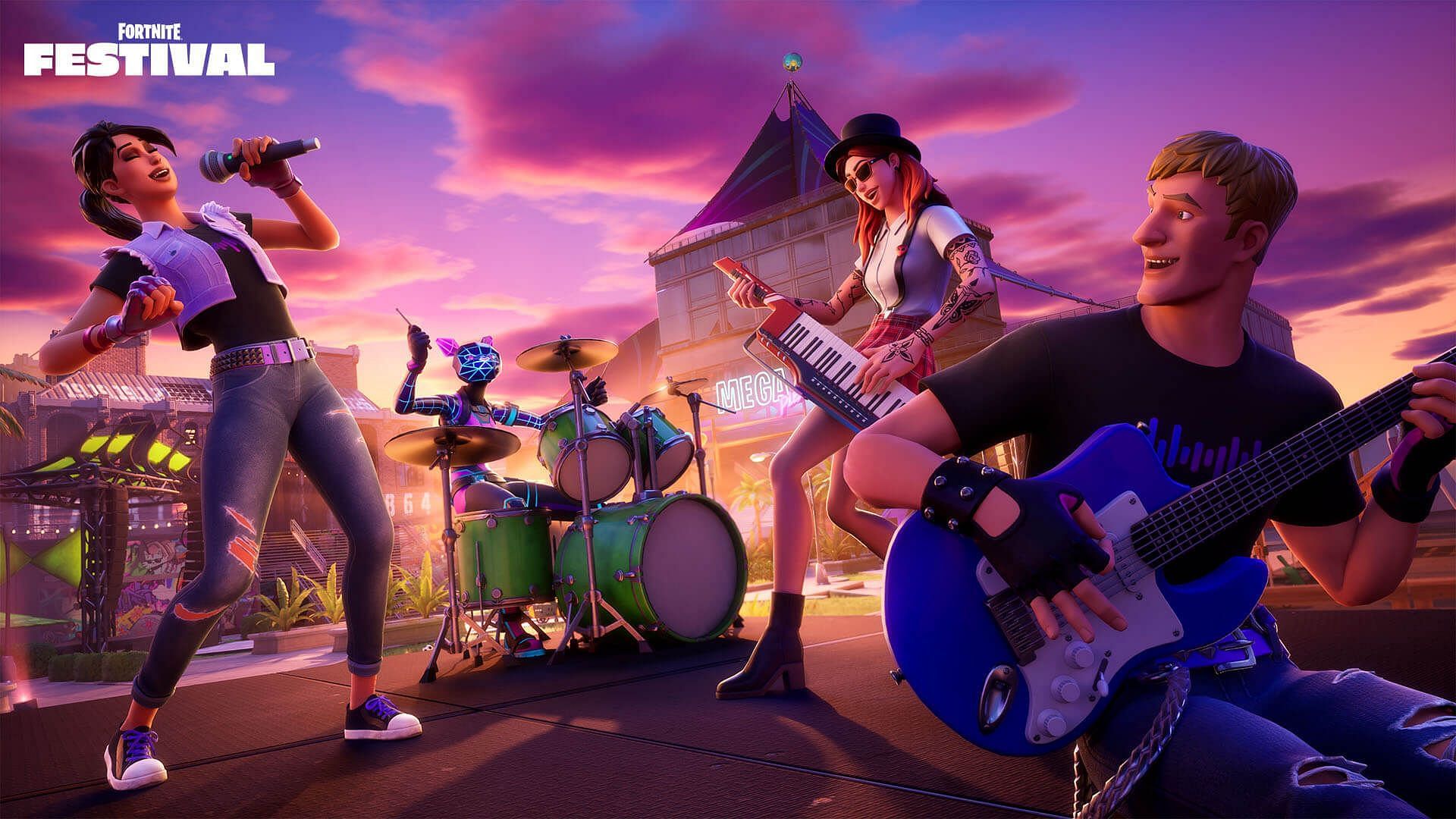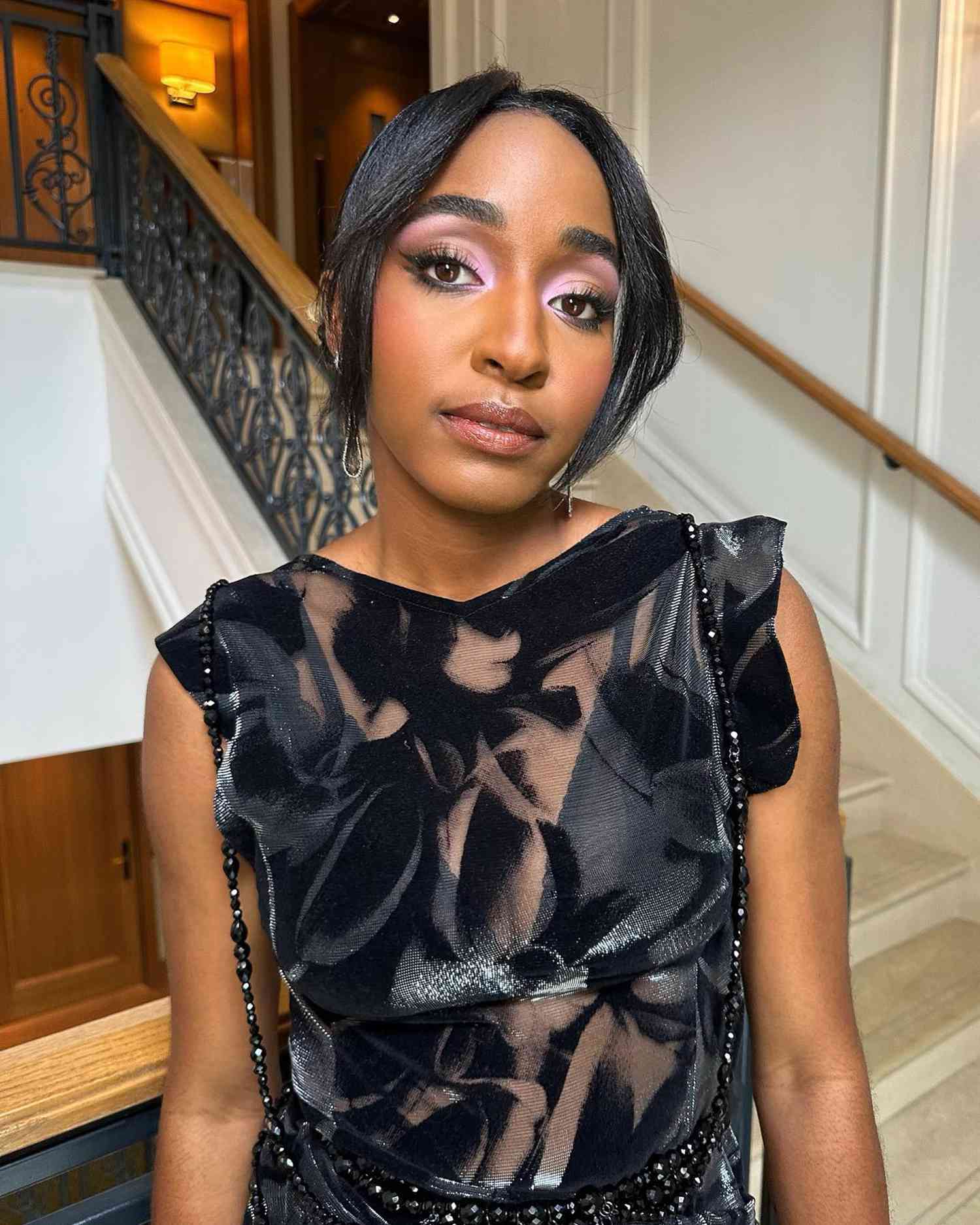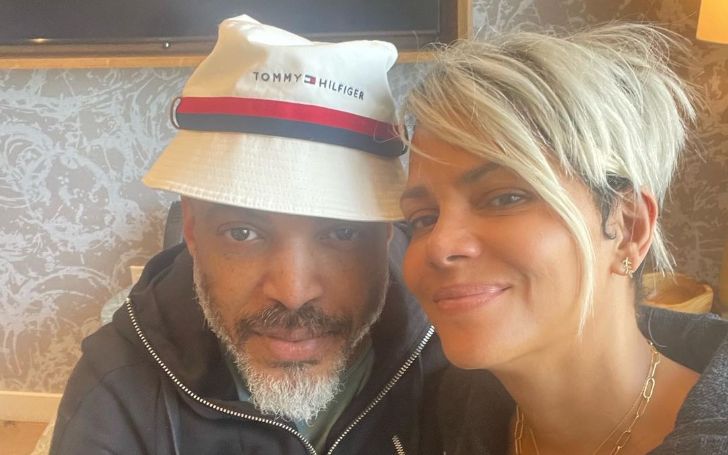A Worthy Sequel: Does It Live Up To The Original's Legacy?

Table of Contents
Replicating the Original's Success: Maintaining the Core Identity
Creating a worthy sequel often starts with respecting the DNA of the original. Staying true to the original's core identity is paramount; it’s the foundation upon which any successful sequel is built. This means maintaining consistency across several key areas:
-
Character consistency and development: Sequels should build upon established characters, allowing them to grow and evolve naturally while remaining true to their established personalities. Inconsistencies can severely damage audience immersion and acceptance.
-
Maintaining the original's unique world-building and lore: The world and its rules should feel familiar. Expanding upon existing lore is acceptable, but contradicting or ignoring established details undermines the sequel's credibility. A consistent world keeps the audience engaged and invested.
-
Preserving the original's overall aesthetic and visual style: The visual style should maintain a cohesive feel. While some evolution is acceptable, drastic departures can alienate fans who appreciated the specific look and feel of the original. Think of the consistent color palettes and visual styles used in the Mad Max franchise as a positive example.
-
Positive Examples: The Dark Knight successfully replicated the gritty realism and complex characters of Batman Begins, while Toy Story 2 expanded the world and characters of the original while maintaining the same heart.
-
Negative Examples: Many horror sequels stray so far from the original's tone and style that they feel like entirely different films, disappointing fans of the original. The inconsistent tone and character changes in some superhero sequels also often disappoint.
Innovation and Freshness: Avoiding the "Same Old Story" Trap
While staying true to the original is vital, a worthy sequel also needs to offer something new. Simply rehashing the same plot points and characters will likely lead to disappointment. A successful sequel needs to innovate while remaining faithful to the source material.
-
Introducing new characters and storylines without compromising the original's narrative: New characters can enrich the story, but they should integrate seamlessly into the existing narrative, adding depth and complexity without overshadowing the originals.
-
Expanding on the original's world and lore with compelling new details: Adding new layers to the world without contradicting existing elements keeps the story fresh and engaging. This is a great way to draw in new fans while rewarding those familiar with the original.
-
Exploring new themes and ideas that build upon, but don't replace, the original's core message: A worthy sequel can explore new thematic territory without abandoning the core values or message of the original. This allows for growth and maturity within the narrative.
-
Positive Examples: Aliens successfully expanded the scope and themes of Alien, introducing new characters and challenges. The Lord of the Rings trilogy maintained consistency with the book, but also introduced several compelling scenes and characters.
-
Negative Examples: Many direct-to-video sequels simply repeat the plot of the original, offering little to no new ideas or innovation. This lack of creativity often leaves audiences feeling unfulfilled.
Addressing Fan Expectations vs. Creative Freedom
A critical challenge in crafting a worthy sequel involves the delicate balance between satisfying fan expectations and allowing for creative freedom. Too much fan service can stifle creativity, resulting in a derivative and uninspired product.
-
The dangers of relying too heavily on fan service at the expense of storytelling: While fans appreciate callbacks and nods to the original, these shouldn’t come at the cost of a coherent and engaging narrative. Over-reliance on nostalgia can feel forced and hollow.
-
The importance of exceeding fan expectations while still delivering a satisfying story: A truly worthy sequel not only meets fan expectations but surpasses them. This involves innovative storytelling, memorable characters, and a fresh perspective that still resonates with the core themes of the original.
-
Positive Examples: Mad Max: Fury Road, while a direct sequel, reinvented the franchise for a new generation. The Empire Strikes Back, while shocking some with its darker tone, ultimately enriched the Star Wars universe.
-
Negative Examples: Some sequels attempt to appease fans by re-introducing characters or plot lines from the original in forced or unnatural ways, resulting in contrived storytelling.
The Long-Term Impact: Creating a Lasting Legacy (or Damage Control)
The impact of a sequel extends far beyond its initial release. A worthy sequel can elevate the original's legacy, while a poor one can significantly damage it.
-
How a successful sequel can elevate the original's legacy: A well-received sequel can introduce a wider audience to the original, revitalizing interest in the franchise as a whole.
-
How a poorly received sequel can tarnish the reputation of the original: A bad sequel can overshadow the positive memories associated with the original, leading to a diminished appreciation for the overall franchise.
-
The importance of assessing the overall impact on the brand and audience perception: Before embarking on a sequel, creators must carefully consider the potential consequences – both positive and negative – on the franchise's long-term success.
-
Examples of sequels that significantly impacted the franchise's long-term success: The Toy Story sequels significantly expanded the franchise, turning it into a global phenomenon. Conversely, some poorly-received sequels have effectively ended franchises, halting potential further development.
Conclusion
Creating a truly worthy sequel requires a delicate balance: preserving what made the original great while simultaneously innovating and pushing the narrative forward. The success hinges on respecting fan expectations while still fostering creative freedom. A worthy sequel expands on the original's legacy rather than merely repeating it.
What are your thoughts on creating a worthy sequel? Share your opinions on sequels you believe truly live up to the original's legacy, and discuss examples of sequels that failed to meet the mark. Let's continue the discussion on what constitutes a truly worthy sequel in the comments below!

Featured Posts
-
 How To Get Quality Products On A Budget
May 06, 2025
How To Get Quality Products On A Budget
May 06, 2025 -
 Chris Pratts Reaction To Patrick Schwarzeneggers White Lotus Scene
May 06, 2025
Chris Pratts Reaction To Patrick Schwarzeneggers White Lotus Scene
May 06, 2025 -
 Sabrina Carpenter Fortnite Guide Complete Character Overview
May 06, 2025
Sabrina Carpenter Fortnite Guide Complete Character Overview
May 06, 2025 -
 Love Is In The Air Ayo Edebiris New Rom Com Phase
May 06, 2025
Love Is In The Air Ayo Edebiris New Rom Com Phase
May 06, 2025 -
 The Appeal Of Rather Be Alone Exploring Leon Thomas And Halle Baileys Hit Song
May 06, 2025
The Appeal Of Rather Be Alone Exploring Leon Thomas And Halle Baileys Hit Song
May 06, 2025
